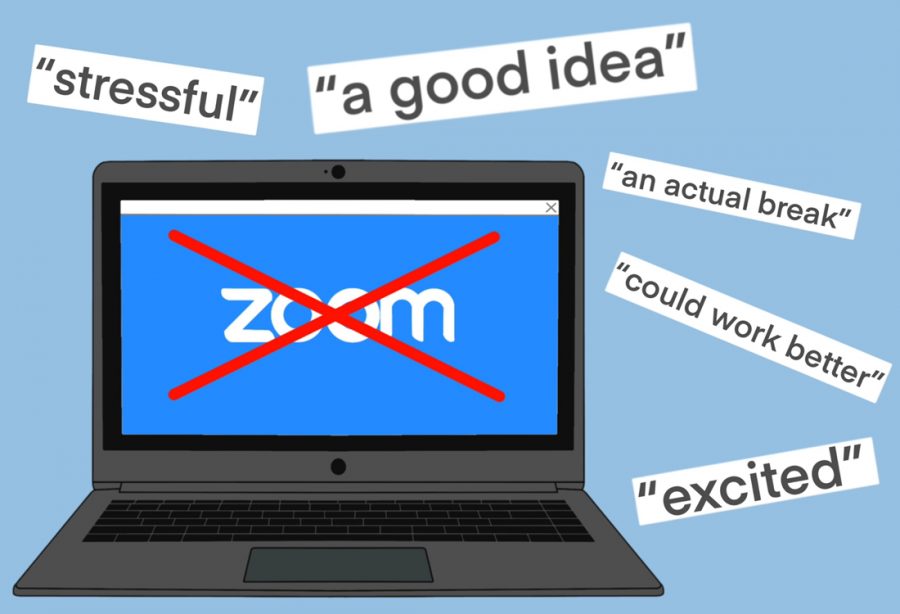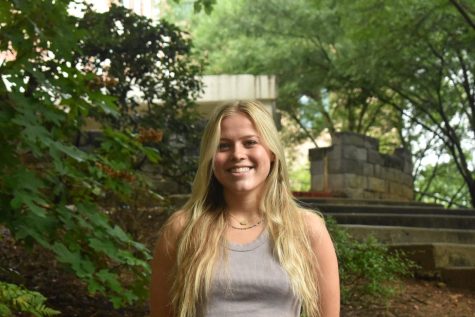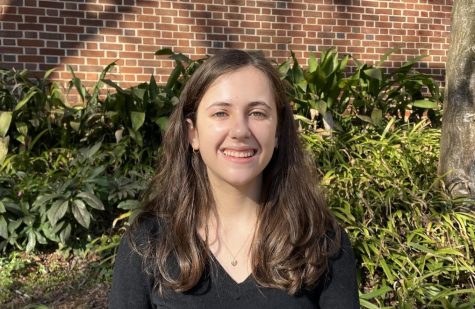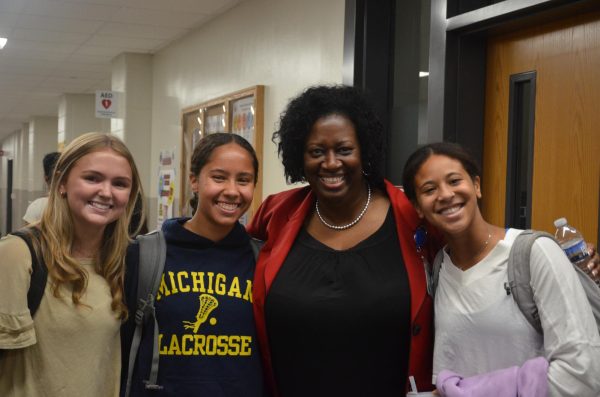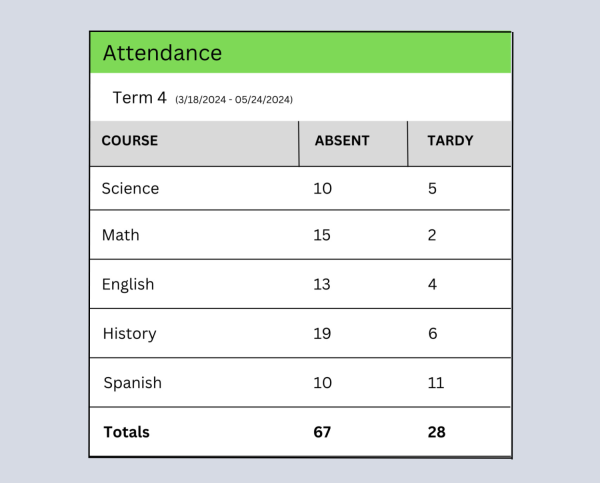Students conflicted over asynchronous Wednesdays
Students had different opinions on whether or not asynchronous Wednesdays were a positive or negative addition to the schedule.
January 13, 2021
Asynchronous Wednesdays, introduced into Grady’s virtual learning schedule on Dec. 2, allows students to take a break from daily Zoom meetings. APS implemented the school week revision to relieve students’ stress.
Another Atlanta area school district, DeKalb County Schools, accompanied the start of their virtual school year with the introduction of asynchronous Wednesdays, where students are free to complete their schoolwork on their own schedule.
“I’m pretty sure I heard about other schools doing asynchronous days during the week earlier in the year,” sophomore Cecilia Rice said. “It seemed like it was a good idea and that it would be a good break day.”
However, Rice believes that asynchronous days aren’t what students imagined. Teachers continue to post tasks on Google Classroom for students to complete and turn in before regular class the next day.
“Teachers always describe days like this like, ‘It’s a day to catch up.’ But, it’s really not, and they assign more work,” Rice said. “I feel like, in everyone’s mind, they thought it would be a free day, but really we still had work. So, it was still as stressful as a regular school day because we still had assignments to do.”
For junior Alexander Swift, a lack of live instruction on asynchronous Wednesdays has hurt his ability to receive instruction. Swift cites a lack of communication with his teachers as a downside to the new policy.
“Teachers described [asynchronous Wednesdays] as being a time where students would do work independently, and there would be little way to get teacher help until tutorial that day,” Swift said. “It would basically be independent work, and if your teacher can’t get you help, you just get to suffer.”
Swift believes that, because Wednesdays are in the middle of the week, designating them for asynchronous learning may have been the wrong decision.
“It feels like the week has been cut in half,” Swift said. “I feel like if it had been on a Friday, it might’ve been a little better because you could catch up on work for the weekend. I think that could work better.”
Freshman Cora Pruitt’s first experience at Grady along with all other freshmens’ is virtual. Pruitt finds asynchronous Wednesdays to be a relief from the overwhelming effects of Zoom classes.
“We don’t really get a feel of what Grady’s actually supposed to be like with online learning,” Pruitt said. “It’s nice to have asynchronous Wednesdays to give us a break and let us work on our own schedule.”
Many teachers have been using asynchronous Wednesdays to assign work that is cohesive with the current lesson they are teaching, so students don’t have to learn lessons on their own. This means the workload is typically lessened.
“My asynchronous workload was not very high,” junior Audrey Isakov said. “I had a lot of my teachers give me the assignments before the actual day began, which was very helpful because I could time when I wanted to do them throughout the day. I was able to get a lot of my work done before the day actually started, so I could provide myself with an actual break from online learning, which was really nice and considerate of the teachers.”
Although she doesn’t see it as a free day, Rice believes the break from virtual learning allows students to focus on activities outside of school such as sports and clubs. With spring sports approaching, coaches have begun releasing conditioning exercises for players to complete.
“I was excited for them because I can get more time for other things I need to do like lacrosse,” Rice said. “The lacrosse season is starting soon, and I need to be ready for tryouts.”
Teachers are free to choose whatever due date suits them because of the Google Classroom platform. Isakov believes this is causing added confusion.
“A lot of the teachers had very different ideas of when the assignments should be due, whether it was at the end of a regular class time, at the end of the day or the beginning of Thursday morning,” Isakov said. “I think if there was more uniformity in that, it might be easier.”
Overall, Isakov is happy that asynchronous Wednesdays have been implemented and appreciates Grady continuing them throughout the school year.
“I definitely am excited to do asynchronous Wednesdays in the future,” Isakov said. “It’s a really good way to take a healthy step back from constant online learning and online presence. It is very nice to just take a step back from that.”

